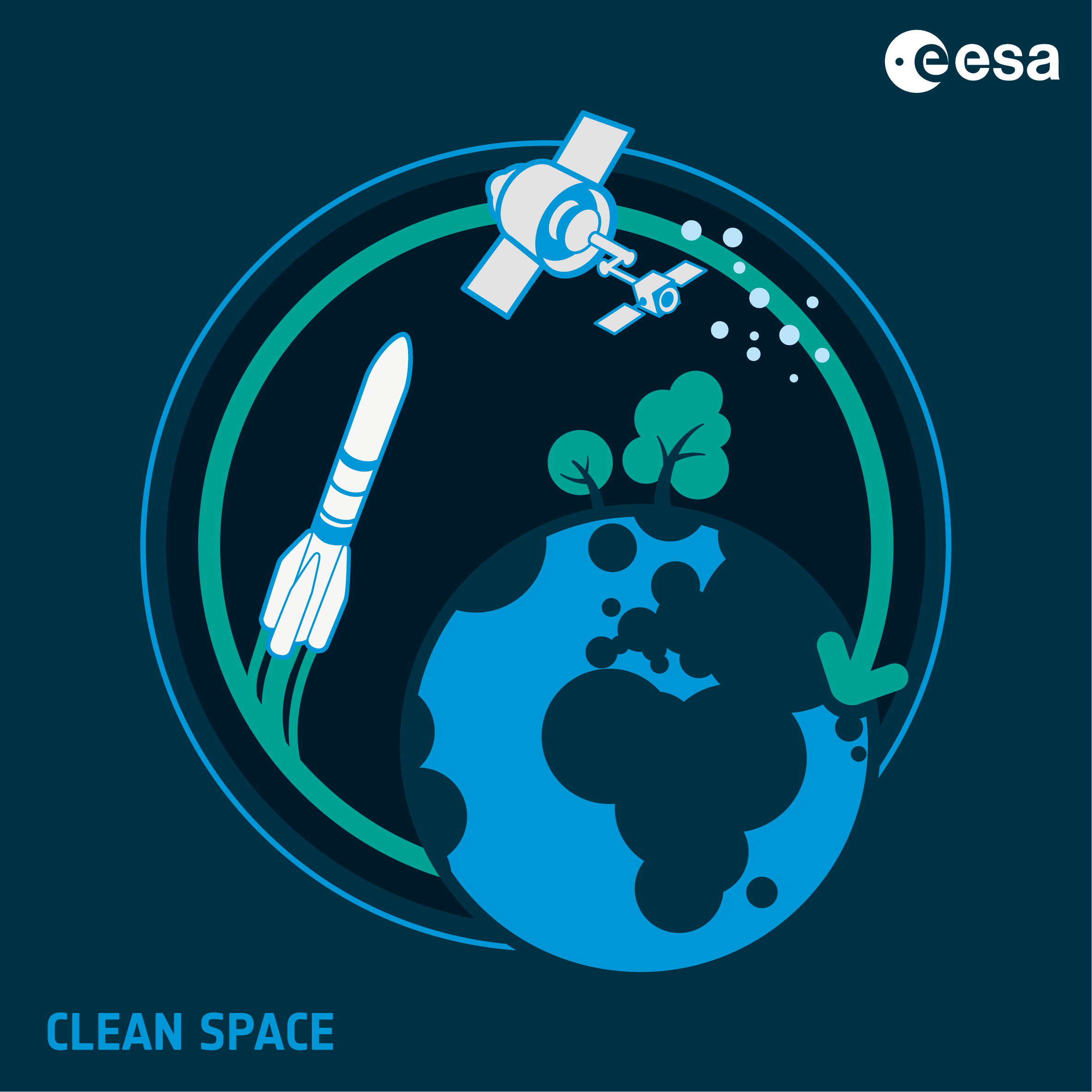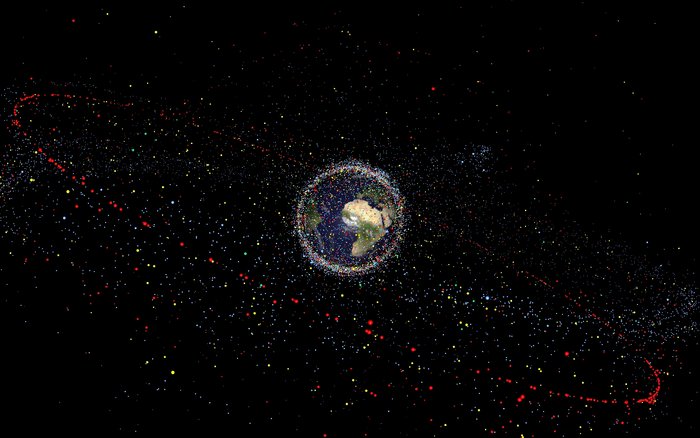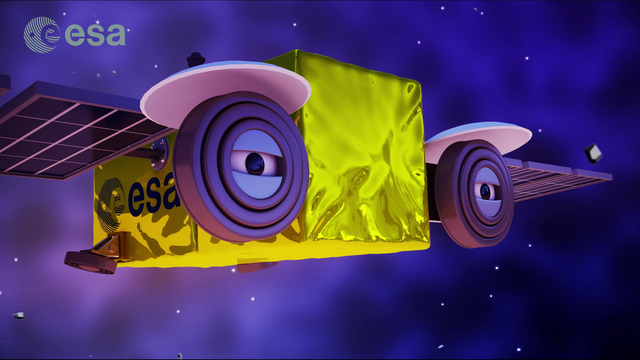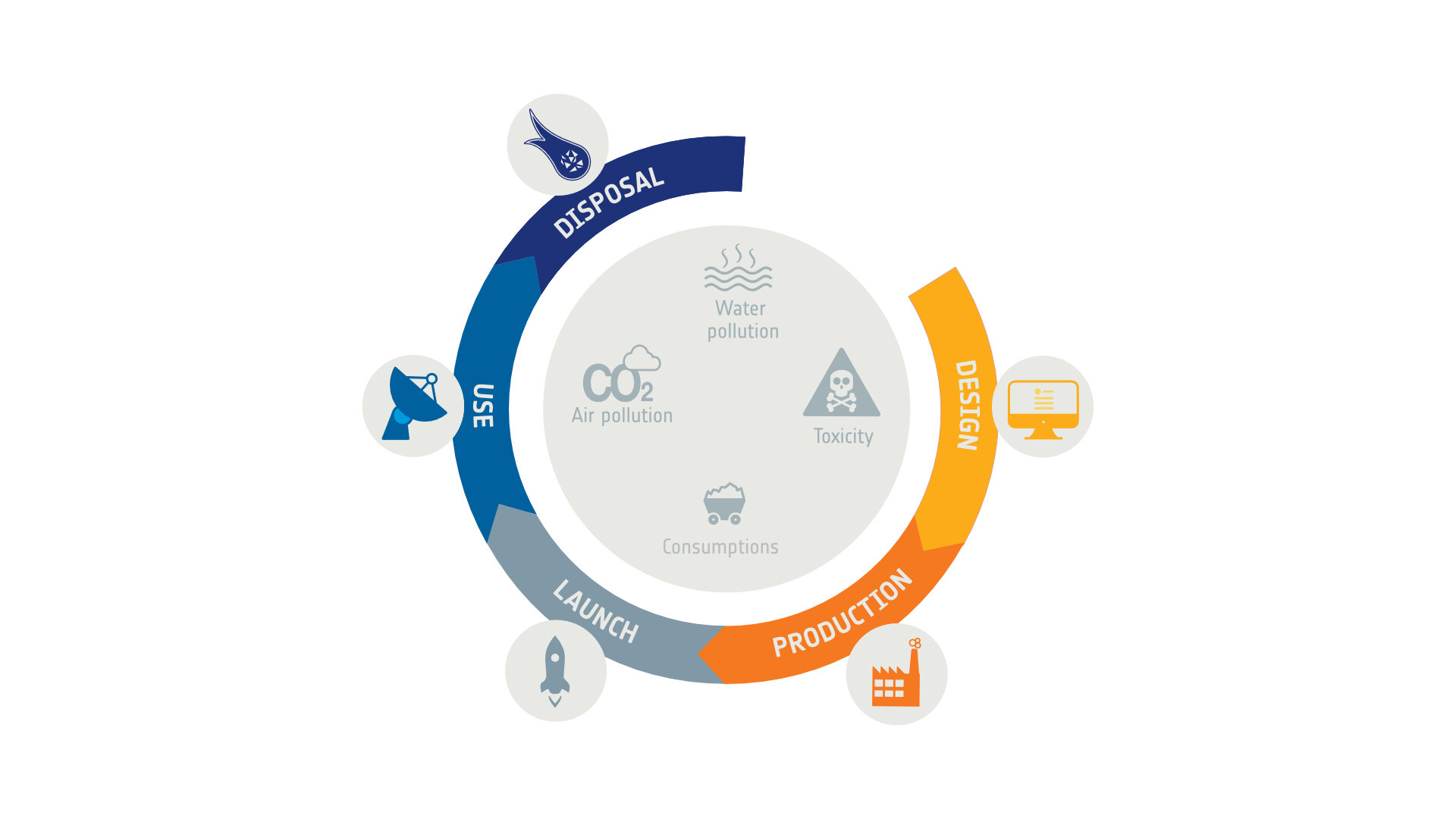August 2nd marked the Earth Overshoot Day in 2017. This is the day in each year when humanity’s demand for ecological resources rises above what the Earth can regenerate in one year. It thus marks the day when our global ecological footprint exceeds sustainability. We start to live on a credit from Earth, maintaining a deficit by removing ancient stocks of ecological resources and by accumulating of waste. While the Earth Overshoot Day was still in mid-December by 1987, it has been moving forward ever since. Today, humanity uses an equivalent of more than 1.5 Earths every year.

Widening gap
Copyright contains modified Copernicus Sentinel data (2017), processed by BAS–A. Fleming
ESA is working hard to address these global challenges. By using the unique capabilities available in space, ESA missions measure global air pollution, such as NOx and SOx, they monitor Arctic ice sheets and global sea levels, they provide sunshine and wind maps for the optimised use of renewable energy, and they monitor water quality and aquaculture in the Mediterranean. This helps ESA to take urgent actions, notably in the following areas:
- combating climate change and its impacts, to conserve and sustainably use the oceans, seas and marine resources,
- protecting and restoring use of our ecosystems, to sustainably manage forests, combat desertification and biodiversity loss
- ensuring access to affordable, reliable, sustainable and modern energy for all.
And within the EcoDesign branch of Clean Space, we work on reducing the environmental footprint of our own activities to develop cleaner space missions, by assessing and understanding the environmental footprint of our space missions, right from the design to their end of life.
Now this is what we do. If you want to find ideas of what you can do to create a more sustainable world and help move the Earth Overshoot Day back in the right direction or learn more about the Earth Overshoot Day in general, you can go to overshootday.org.





Discussion: no comments